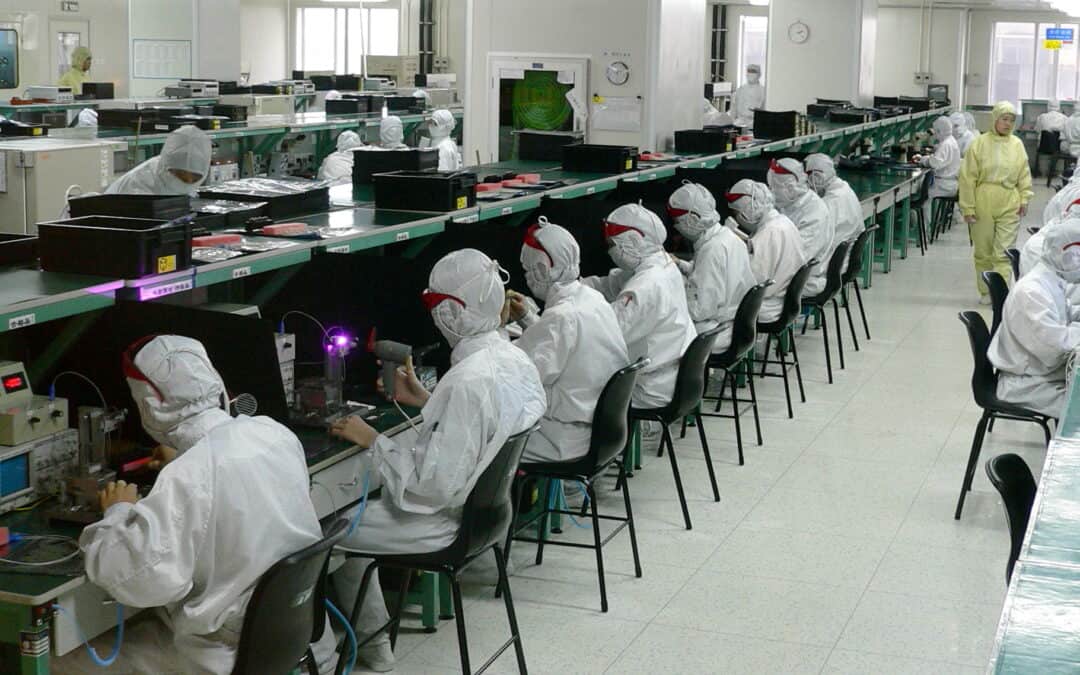A dehumidifier is a device that is used to remove excess moisture from the air in a room or building. It works by drawing in humid air, extracting the moisture, and releasing dry air back into the room. Dehumidifiers are often used in places with high humidity levels, such as basements, laundry rooms, and bedrooms, to help reduce the risk of mould and mildew growth and improve indoor air quality. They can also be useful for addressing specific health issues, such as allergies or asthma, as dry air can help reduce the presence of allergens and other irritants in the air. Dehumidifiers can be particularly helpful in areas with high levels of moisture, such as coastal regions or during the summer months, when the air is naturally more humid. Overall, dehumidifiers are a useful tool for improving indoor air quality and addressing specific humidity-related issues.
How a dehumidifier works
Dehumidifiers work by using a refrigerant system to remove moisture from the air. The process begins when the dehumidifier sucks in humid air from the room and passes it over a cold coil, also known as the evaporator coil. As the air comes into contact with the cold coil, the moisture in the air condenses and forms droplets on the surface of the coil.
The dehumidifier then uses a fan to blow dry, warm air over the coil. This causes the moisture droplets to evaporate and turn back into a gas, which is then released outside of the dehumidifier. The dry, warm air is then blown back into the room.
The dehumidifier also has a compressor and a condenser coil, which work together to cool the refrigerant and complete the dehumidification process. The refrigerant absorbs the heat from the air as it passes over the evaporator coil, causing it to turn into a gas. The compressor then pressurizes the gas, raising its temperature. The gas is then passed through the condenser coil, where it releases the heat and turns back into a liquid. This cooled liquid is then returned to the evaporator coil to start the process again.
Overall, the dehumidifier uses a refrigerant system to remove moisture from the air, improving the indoor air quality and addressing specific humidity-related issues.
Using a dehumidifier can offer a number of benefits, including:
- Improving indoor air quality: High humidity levels can contribute to poor indoor air quality, as excess moisture in the air can lead to the growth of mould and mildew. Using a dehumidifier can help reduce the humidity levels in a room, improving the air quality and reducing the risk of mould and mildew growth.
- Reducing the risk of mould and mildew growth: Mold and mildew thrive in humid environments, and high humidity levels can increase the risk of these contaminants growing in your home. By using a dehumidifier to reduce the humidity levels, you can help prevent the growth of mould and mildew, which can be harmful to your health and can damage your home.
- Reducing allergens in the air: Dry air can help reduce the presence of allergens and other irritants in the air, such as dust mites and pet dander. Using a dehumidifier can help maintain lower humidity levels, which can help reduce the number of allergens in the air and improve the air quality for those with allergies or asthma.
- Improving comfort: High humidity levels can make a room feel stuffy and uncomfortable, particularly in the summer months. Using a dehumidifier can help remove excess moisture from the air, making the room feel cooler and more comfortable.
Overall, using a dehumidifier can offer a number of benefits, including improving indoor air quality, reducing the risk of mould and mildew growth, reducing allergens in the air, and improving comfort.
When choosing a dehumidifier, there are several factors to consider, including:
- Size: It’s important to choose a dehumidifier that is the right size for the space you want to dehumidify. If the dehumidifier is too small, it won’t be able to effectively remove moisture from the air. On the other hand, if the dehumidifier is too large, it will use more energy and may be less efficient. Consider the size of the room or area you want to dehumidify and choose a dehumidifier that is appropriately sized.
- Capacity: Dehumidifiers are rated by how much moisture they can remove from the air over a 24-hour period, measured in litres. Consider the humidity levels in the room or area you want to dehumidify and choose a dehumidifier with a capacity that is appropriate for your needs.
- Features: Dehumidifiers come with a range of features, such as built-in humidistats, which allow you to set the desired humidity level and automatically turn the dehumidifier on and off as needed. Other features to consider include energy efficiency, noise level, and portability.
- Price: Consider your budget when choosing a dehumidifier. Dehumidifiers can range in price from under $100 to several hundred dollars, depending on the size and features. Determine your budget and choose a dehumidifier that fits your needs and your price range.
Overall, when choosing a dehumidifier, it’s important to consider the size, capacity, features, and price of the device to ensure that you choose the right one for your needs.
Maintenance and care
Proper maintenance and care of your dehumidifier can help ensure that it runs efficiently and effectively. Here are some steps to take to maintain and care for your dehumidifier:
- Clean the air filter regularly: Most dehumidifiers have an air filter that helps to remove impurities from the air before it is dehumidified. It’s important to clean the air filter regularly, as a dirty filter can reduce the efficiency of the dehumidifier. Follow the manufacturer’s instructions for cleaning the air filter, as the cleaning method may vary depending on the model.
- Empty the water tank or connect a hose for continuous drainage: Dehumidifiers have a tank that collects the moisture that is extracted from the air. It’s important to empty the tank regularly, as a full tank can prevent the dehumidifier from running properly. Some dehumidifiers also have the option to connect a hose for continuous drainage, which can be a convenient way to maintain the dehumidifier without having to constantly empty the tank.
- Keep the dehumidifier clean: Over time, dust and other impurities can accumulate on the exterior of the dehumidifier. To keep the dehumidifier running efficiently, it’s a good idea to wipe down the exterior of the device with a dry or slightly damp cloth on a regular basis.
- Replace the air filter as needed: If the air filter becomes damaged or is no longer able to effectively remove impurities from the air, it may need to be replaced. Follow the manufacturer’s instructions for replacing the air filter, as the replacement process may vary depending on the model.
- Store the dehumidifier properly: If you need to store the dehumidifier, make sure to turn it off and unplug it. It’s also a good idea to drain the water tank and wipe down the exterior of the device before storing it.
Overall, proper maintenance and care of your dehumidifier can help ensure that it runs efficiently and effectively. This includes cleaning and replacing the air filter, emptying the water tank or connecting a hose for continuous drainage, keeping the dehumidifier clean, and storing it properly when it is not in use.
Conclusion
In conclusion, a dehumidifier is a device that is used to remove excess moisture from the air in a room or building. It works by using a refrigerant system to extract moisture from the air and release dry, warm air back into the room. Dehumidifiers are often used in places with high humidity levels to improve indoor air quality, reduce the risk of mould and mildew growth, and reduce allergens in the air. They can also be helpful for improving comfort, particularly in the summer months. When choosing a dehumidifier, it’s important to consider the size, capacity, features, and price of the device. Proper maintenance and care of the dehumidifier, including cleaning and replacing the air filter, emptying the water tank or connecting a hose for continuous drainage, and storing the dehumidifier properly when it is not in use, can help ensure that it runs efficiently and effectively. Overall, using a dehumidifier can offer a number of benefits and can be a useful tool for improving indoor air quality.




